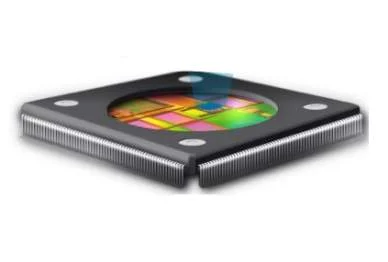ARM currently dominates the lucrative smartphone and tablet markets with its low power sipping RISC chips. But AMD Chief Technology Officer Charles Moore says he believes there is “room for both” x86 and RISC architecture in the mobile space.
“It’s just a question of which markets are more appropriate for the designs at hand,” he told the Wall Street Journal.

Moore also commented on ARM’s steady march forward towards the traditional x86 PC market, terming the looming threat “a bit overstated.”
However, Moore appeared to hedge his bets, as he refrained from ruling out the possibility of eventually adopting RISC-based architecture for mobile devices.
Nevertheless, the CTO did note that he wasn’t announcing plans to license ARM tech.
“ARM powers an enormous number of devices out there, and it’s going to be a big part of semiconductor future. AMD is committed to being part of that semiconductor future.
“It’s not an announcement of the use of ARM or anything like that, but AMD is going to be designing semiconductor devices the industry calls for and makes sense for the products of the future,” he added.
It should be noted that tech guru Charlie Demerjian recently suggested AMD and ARM may be teaming up to design a common on-chip interface and interconnect.
“You can take a Bobcat chip, yank the GPU, and slap a Mali or Imagination block in,” Demerjian wrote in an article on SemiAccurate.com.
“Want a quad-core A15 that runs ATI demos? A shoelace tip controller that bootstraps a 6970? [Or] how about a Bulldozer or Trinity that uses that custom accelerator block that Google or Facebook is probably working on? No problem.”
According to Demerjian, the “whole crazy scheme” would obviously require an AMD core with the same versatile capabilities as ARM – synthesizable and easily portable.
“This is a non-negotiable point, it must not just be in place, it needs to be in place long long before you expect to talk to customers and partners, much less expect silicon on the market.
“Long long before means you need to start designing the core with these goals in mind years before you see any fruit from the project. [So] if there is anyone who thinks Dirk Meyer didn’t have a consumer electronics strategy, or that it wasn’t in place long ago, well, you were wrong.”






